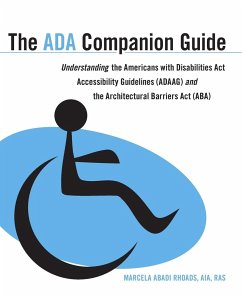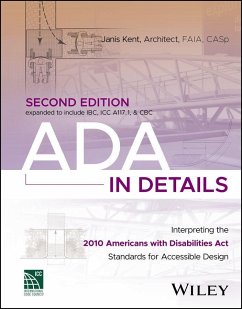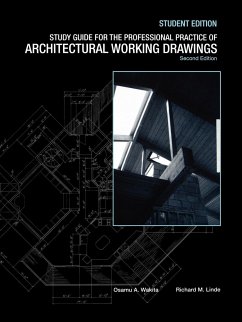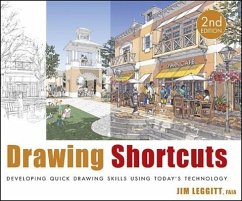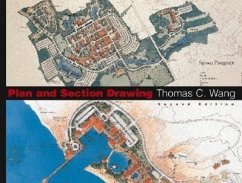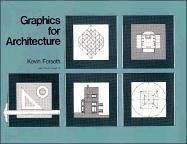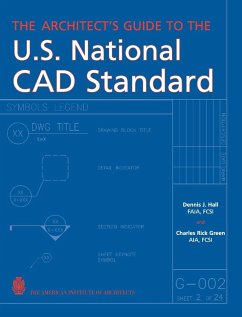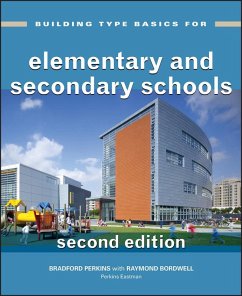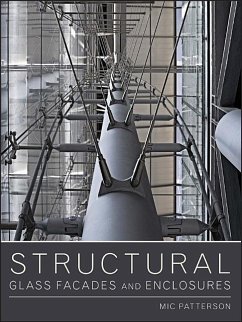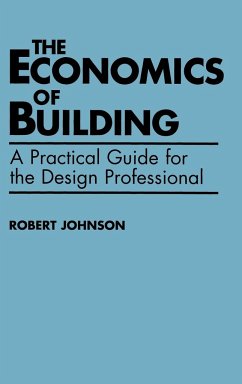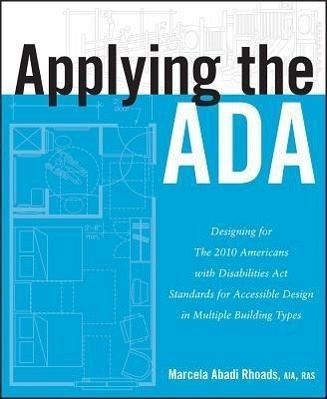
Applying the ADA
Designing for the 2010 Americans with Disabilities Act Standards for Accessible Design in Multiple Building Types
Versandkostenfrei!
Versandfertig in über 4 Wochen
64,99 €
inkl. MwSt.
Weitere Ausgaben:

PAYBACK Punkte
32 °P sammeln!
A guide to real-world applications of The 2010 Americans with Disabilities Act Standards for Accessible Design Applying the ADA helps architects and developers understand better how the rules for eliminating barriers in the built environment apply to everyday life and how to best implement them in the design and construction of a broad variety of buildings and facilities. By showing how The 2010 Americans with Disabilities Act Standards for Accessible Design have been applied in various contexts and building types, this extensively illustrated guide helps readers quickly understand the require...
A guide to real-world applications of The 2010 Americans with Disabilities Act Standards for Accessible Design Applying the ADA helps architects and developers understand better how the rules for eliminating barriers in the built environment apply to everyday life and how to best implement them in the design and construction of a broad variety of buildings and facilities. By showing how The 2010 Americans with Disabilities Act Standards for Accessible Design have been applied in various contexts and building types, this extensively illustrated guide helps readers quickly understand the requirements of the standards and how to apply them to both new construction and renovation. Written by an architect who consults regularly on accessibility issues for design professionals, building owners, and facility managers, this user-friendly guide features 100 photos and 150 drawings that take the guesswork out of applying the standards to real-world projects. Building types covered include: * Healthcare and senior living facilities and hospitals * College and university facilities * Elementary and high schools * Hotels and other transient lodging facilities * Amusement parks and play areas * Historic preservation and remodels * Retail and office spaces Applying the ADA is an indispensable resource for architects, interior designers, owners, developers, and facility managers. It is also important reading for students of architecture and interior design.



